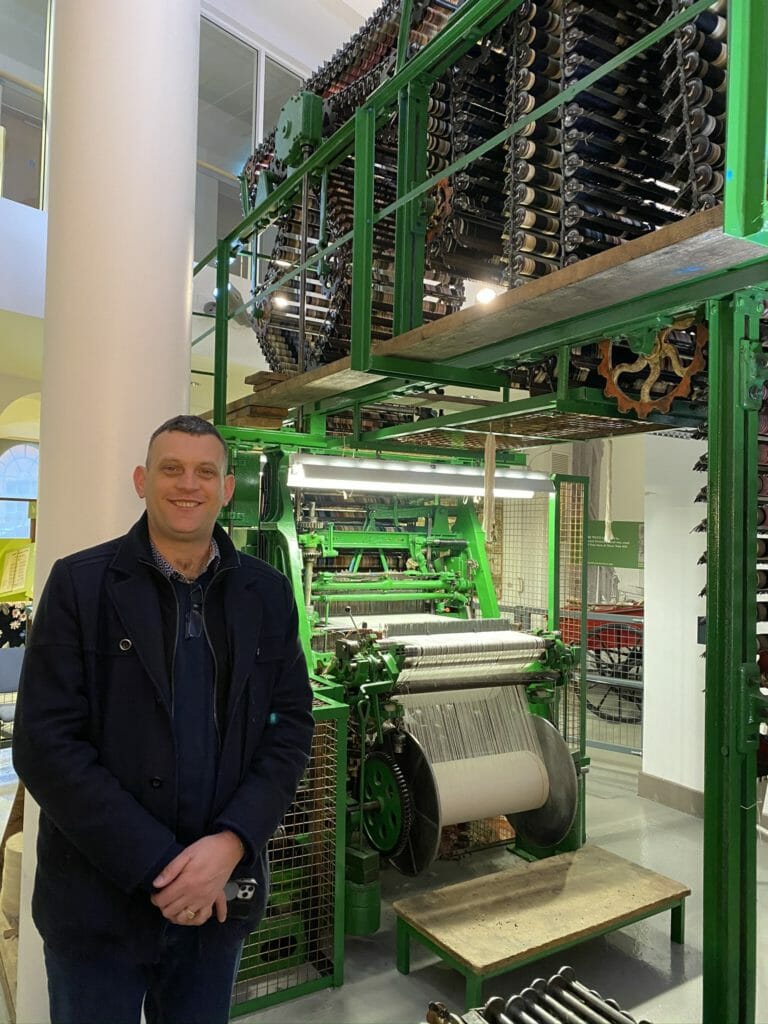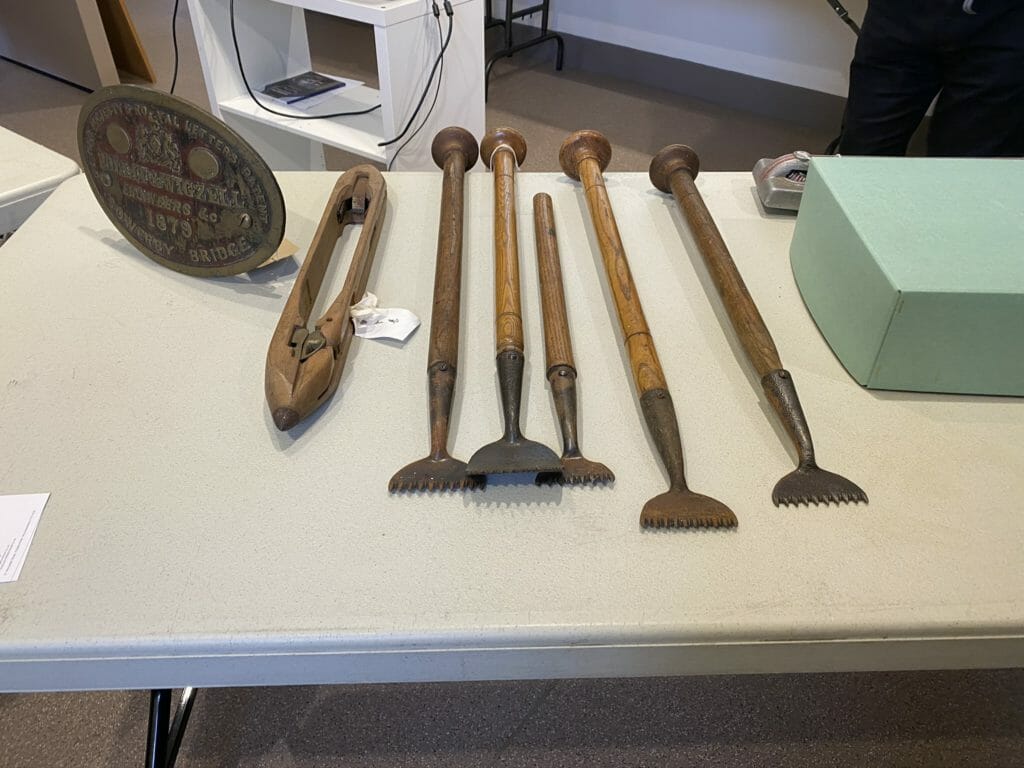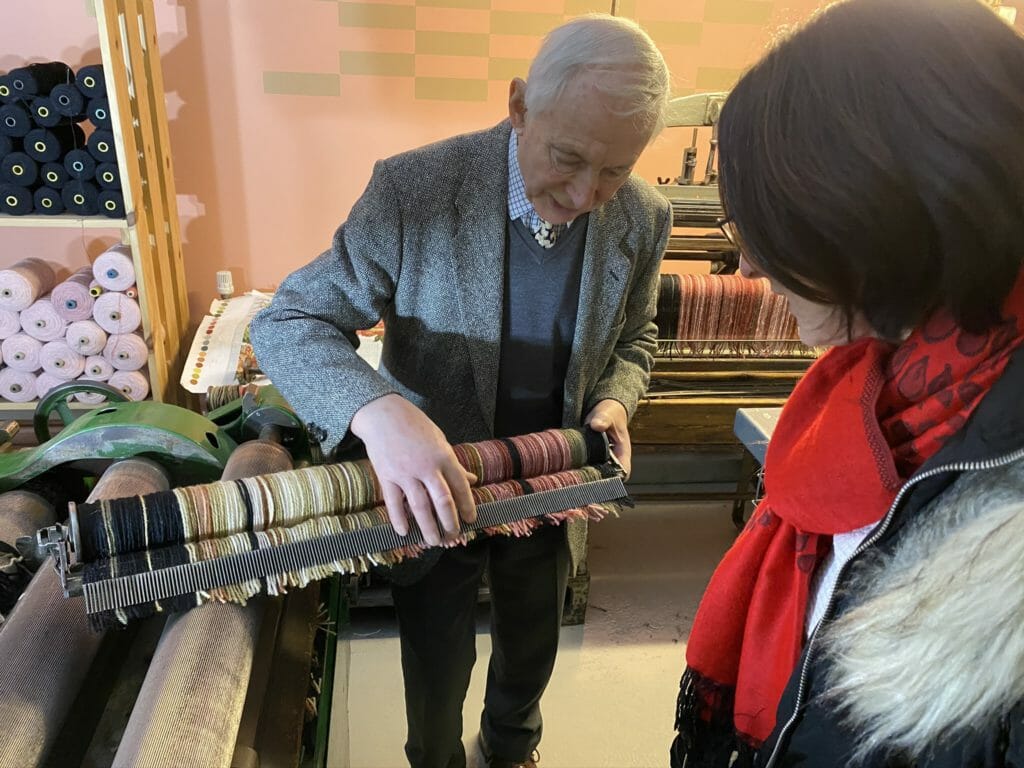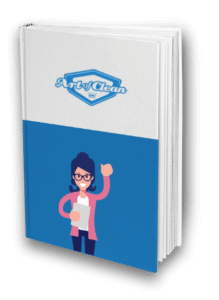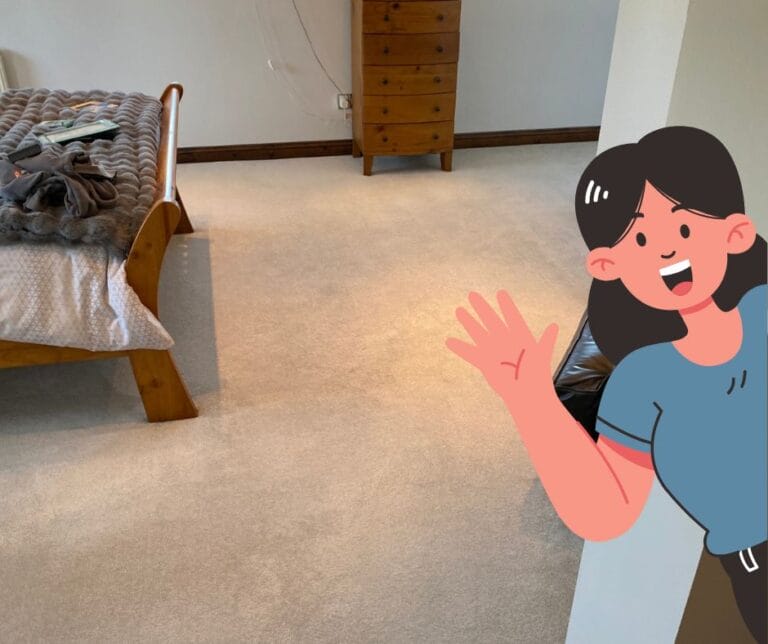A history lesson – The birthplace of Carpet in the United Kingdom at the Carpet Museum Kidderminster.
It is a warm summer afternoon and the sun is beating down on the Kidderminster Hills. The herd of sheep is being driven down to get shaven. It is this lovely wool we use to make our multipurpose coarse thick cloth from. It has become so popular as it has so many uses.
Kidderminster stuff as it is called is just too light to make a floor covering from, so we started weaving two of these cloths together to make it heavier and this makes a lovely floor covering for the middle of a room. It gives us a much warmer floor, especially in the cold harsh winters.
.
A Huguenot weaver from Wilton did develop a cut pile carpet. This method was brought to Kidderminster and our town boomed. Carpet Masters would own the looms and buildings and weavers would make up to 25 yards of carpet a week for which they were paid 1/- (shilling, 5p) a yard. Out of their 25/- they had to pay rent and provide a living for their families.
In 1772, James Brindley brought the canal to Kidderminster which meant access to Liverpool, Birmingham and this opened us up to a great part of the export market. The Carpet Masters became very prosperous and built large houses outside the town, but the weavers remained being paid very little.
Today is a big day for Kidderminster – We are at The Great Exhibition in Hyde Park in London exhibiting our high-quality fabrics cloths and carpets woven by our skilled workers in Kidderminster as we look to take our work out to the world.
I heard there was an American man that came to see our stand and told us about his amazing invention – A weaving Machine driven by a steam engine! How can that ever produce the great quality stuffs we make. I understand he was turned away. We do not need his machines.
It is now several months after the Great Exhibition in Hyde Park. You will not believe it – The American man is BACK – Yes, he is in Kidderminster. It looks like the big bosses here in Kidderminster will be buying his invention.
It is 1851 and for the next 4 years, it is a Hussle and bustle in Kidderminster as these weaving monster machines are getting installed. Many are driven by waterwheels and steam engines. All this is totally changing the skyline here in Kidderminster.
The town is getting totally transformed.
As I looked at the river, I can see how the deep blue colour in the water is changing to green. Yes – strange as it sounds – With all the dye houses colouring wool all their dye lots are getting dumped in the river after use. You can literally tell what colour carpets are being made by looking at the colour of the river.
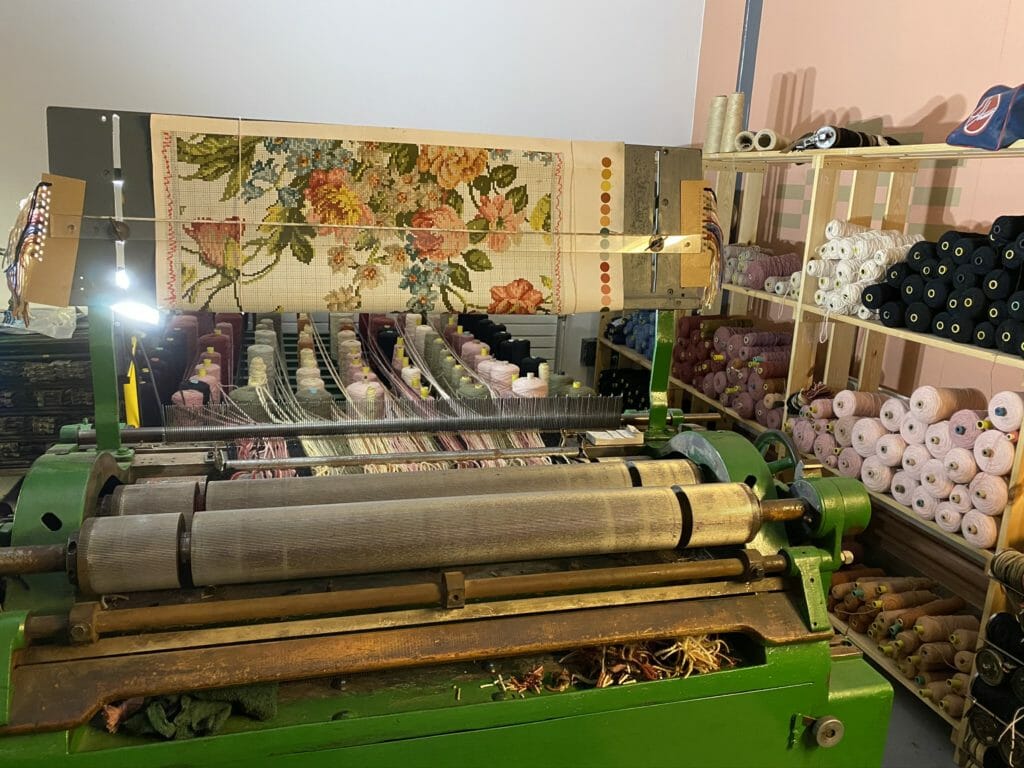
There are 25 different carpet making companies in Kidderminster.
Up to now, only men can work on the looms but we heard of a new loom called a tapestry loom that is much lighter and as of the next year 1880 ladies will be allowed to work on these looms.
It is now 1866 and the regular town folk are happy as we managed to establish a union (ladies were only allowed to join the union from 1922)
Tomorrow is Payday – Here in Kidderminster we all know it as “fall day” – the day the roll of carpet we have woven falls to the floor, and we get paid. This is usually a Thursday and Saturday
We just heard about the outbreak of what everyone knows as the first world war. It is 1914 and we do not know what the future hold.
Lucky for us the war did bring good luck too. Many of the carpet factories do not make carpet now. Here at Brinton’s, we make Jerry Cans and business is not too bad. Other factories make blankets. Something you may find interesting – The Jerry Can be invented by the Germans (Jerry = Slang for Germans) It was reverse-engineered and now we are making them here in Kidderminster.
After the 2nd World War -Kidderminster returned to the Carpet Manufacturing Capital it once was and in a short space of time even outgrown all our wildest dreams. Everyone wants a lovely carpet in their homes. In 1956 Blackburn in the UK became the centre of tufted carpets
Everyone in Kidderminster doubted that tufted carpet will really take off. I mean how can it – It is made nearly totally on a machine and the colours are all so plain. We would not even mention the quality. It was only later that we realised how big a threat Tufted carpets posed to Kidderminster.
The 4 reasons to Kidderminster’s demise
- Labour cost – Making a carpet on an Axminster or Wilton Loom is very time-consuming and labour-intensive thus cost much more than a machine tufted carpet.
- Quality – Carpets made by us here in Kidderminster last so long as it is of exquisite quality – It is not likely we will see the same client come back to us to buy a new carpet.
- Tufted Carpet could be made 10 x Faster
- Change in taste and home design – colour options of the carpets – plainer – less colour – All this led people to choose more and more tufted carpets over our lovely woven carpets from Kidderminster
I wish to invite you to take some time and visits to the Carpet Museum in Kidderminster. It is a truly fascinating experience that you will not forget. Go see these amazing machines in action and get a feel for what life was like those many years ago.
Art of Clean clean many handmade woven rugs from around the world and many meters of carpets.
Following our visit to the Carpet Museum in Kidderminster, I now feel I walk on or touch a great part in British History when I walk on or see a Woven Wilton or Axminster carpet.
Pierre de Wet, Art of Clean Cambridge

